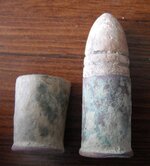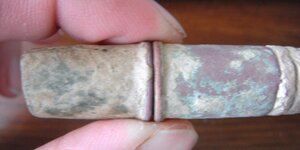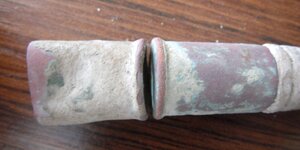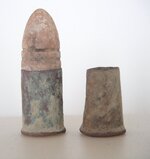flyinryan2
Bronze Member
- Dec 19, 2011
- 1,045
- 564
- 🥇 Banner finds
- 1
- Detector(s) used
- Garrett AT Pro, 8.5"x11" DD coil, Super Sniper coil, Garrett Ace 250, 10" x 14" DD EXcelerator coil, Pro Pinpointer
- Primary Interest:
- All Treasure Hunting
I found this on Tuesday here in Winchester. I know its a Spencer cartridge but its the first that i have found with this slot in the back? I was wondering if it was made for a purpose or was it just a soldier passing time? Also does anyone know why some of these come out of the ground almost perfect like it was never loaded with gun powder and a bullet? The ones that were loaded almost always rot away with nothing but the bullet and the rim of the casing left. Any input on the mystery cartridge would be great.
Thank you,
Ryan.
Thank you,
Ryan.


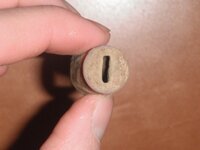
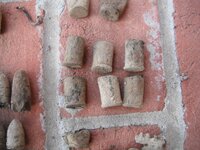
 ( But i think a few more conversations with them and maybe we can set up times when and when we cant be in those fields.
( But i think a few more conversations with them and maybe we can set up times when and when we cant be in those fields.
